- NEW DVD Series – Stone Setting with Bezels
- Tube Set Charm by Kim St. Jean
- Prong Basket Pendant by Kim St. Jean
- NEW DVD Series – Stone Setting with Cold Connections
- New DVD Series – Stone Setting with Wire
- NEW DVD Series: Introduction to Stone Setting by Kim St. Jean
- Featured Tool: Bracelet Bending Plier
- NEW Dvd by Eva Sherman
- Fun, Fast Fold Forming DVD Series
- Double Band Ear Cuff from Alex Simkin
Gem Profile August 23: Desert Rose
by Layna Palmer, Wire-Sculpture.com

Desert Rose
In front of my home in the park strip are beautiful rose bushes that I have tended and nursed through hot summers, teenaged drivers running over them, and aphids. Every spring as the snow melts I look forward to watching those lovely plants bloom and bring forth blossoms as big as a dessert plate. They are so fragrant that the smell wafts along the breeze and into my home making everyone take deep breaths and comment on how wonderful they smell. I gather cut stems to decorate ancestors resting places on Memorial Day and bring them into my home to sit on the piano and fill the room with their fragrance. I also stock up on bandages and antiseptic when I cut and tend them because if it weren’t for the thorns, we would have no roses.
What is Desert Rose?
There is another type of rose that doesn’t have thorns and is equally as beautiful both in its aesthetic properties and its creation. This rose is nicknamed the “Desert Rose” because it is found primarily in the desert and other arid regions around the world. The Desert Rose is born as water precipitates through sand at the waterline and mineral crystals form. There are several types of minerals that create Desert Roses; Selenite (Gypsum), Barite and Hematite.
A rose by another name:
Selenite:
Selenite is the most common type of Desert Rose and is the crystal formation that gave these phenomena their name. Selenite is a form of crystallized gypsum and the roses this mineral forms are usually clear columns of crystals and can form into huge columns as are seen in the Naica Mine in Mexico.
Desert Roses form when water with high concentrations of Selenite evaporates through sand causing the crystals to form in flat concentric circles reminiscent of rose petals. The crystals are usually clear or have white fibrous inclusions called spar, but in the formation of Desert Roses, will have the native sand as druse as the surrounding sand “sticks” to the forming crystal. Selenite, or Desert Roses, are found throughout the world with concentrations in the deserts of the United States, Mexico and the Middle East.
Barite:
Barite is another mineral that forms roses and is also the state rock of Oklahoma. Barite roses form the same way as Selenite roses, but are often a more red color due to the red sandstone they are formed in. Geologists think that these roses formed about 250 million years ago as ice retreated across the Permian Garber sandstone.
Today the roses weather from between the layers of the stone as a positive relief where they eventually free themselves and are found in the loose soil. Most of the roses measure from about ½ inch up to 4 inches with larger specimens over 10 inches. The largest Barite rose that has been found measured 17 inches in diameter, 10 inches high and weighed over 120 pounds!
Hematite:
Hematite is among one of the most common minerals in the earth. It forms primarily in banded iron and is the main ingredient in iron. It can also form in bladed crystals that resemble roses. Hematite roses are beautiful and look like metallic roses and are often labeled as “iron roses.” Other minerals that can form roses are; Chalcedony, Celestine and Calcite though these are not readily found and often look more like pressed roses than the defined “petals” of the Desert Rose.
Wrapping it up.
With Autumn fast approaching and my roses quickly fading, I think I may travel to the desert and see if I can find a rose of my own…or just visit the rock shop and purchase one, that may be easier.
Next week in our Gem Profile we will be learning about the gemstone Maw Sit Sit!
Do you have any beautiful jewelry you’ve made with Maw Sit Sit? If so, send us pictures at tips@wire-sculpture.com and they could be featured!
Resources:
Gem Profile by Layna Palmer
Click to Receive Daily Tips by Email





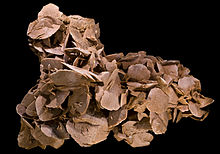
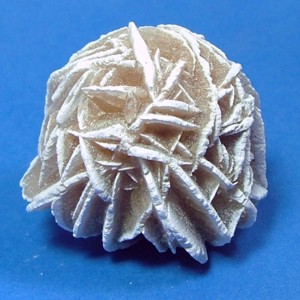
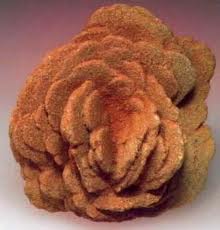
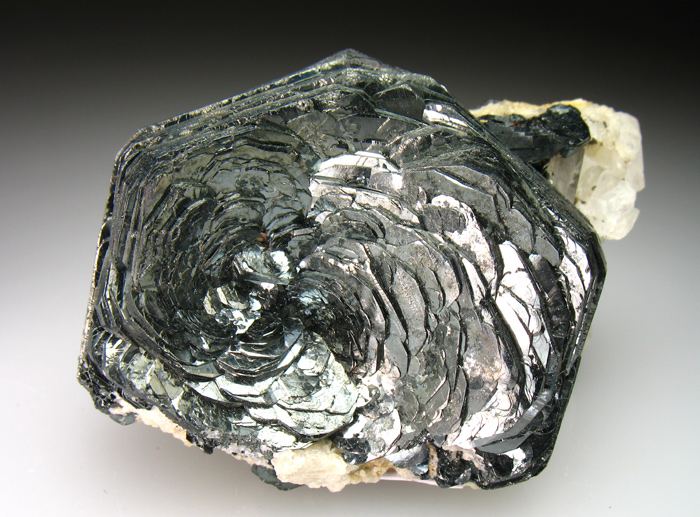
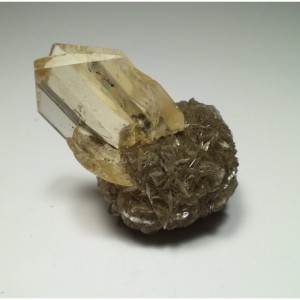
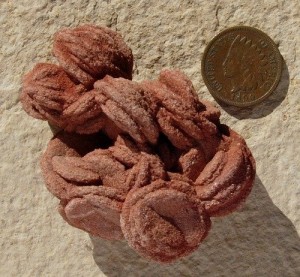
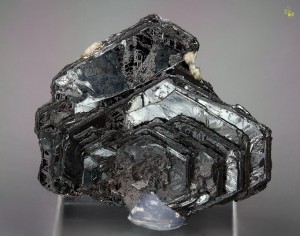
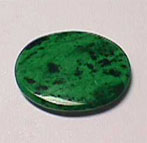














Billie Reynolds
August 23, 2013 at 7:31 am
The reason the Barite rose is the OK state rock is because of the legend associated with it. When the eastern Indian tribes were forced out of their ancesteral homelands and made the trek to OK during the winter there were many deaths. When the Indian nations arrived in OK they mourned the loss of their homeland and the deaths of their family/friends. It is said that where ever their tears fell on the red barite soils of OK a “Cherekee” rose was formed.
Layna
August 23, 2013 at 9:46 am
Billie,
Thank you for sharing that beautiful and tragic legend! I think I like this explanation of the creation of “Cherokee” roses even more than my geological one.
Layna
Marie
August 24, 2013 at 10:22 am
What a wonderful profile. I had never seen these crystals. Amazingly beautiful. Thank you for sharing.
Barbara Tumlinson
August 24, 2013 at 5:03 pm
I recently bought a strand of Kaynite beads. they are grayish blue and somewhat transparent. Can you tell me where they come from?